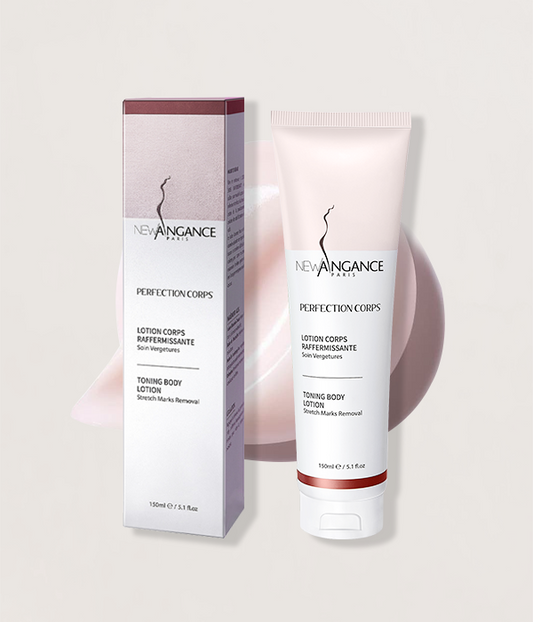Borage herb is traditionally used in folk medicine to soothe coughs. It also has diuretic, anti-inflammatory, and astringent properties and is used for kidney and bladder conditions. The flowers are sometimes used to promote healing.
The leaves are used in some countries in salads or in certain cold drinks for their cucumber-like flavor. The dried flowers are considered an aphrodisiac in Lebanon, and are consumed mixed in alcoholic drinks, fruit juices, and jams.
All parts of the borage plant can be used, but the oil is extracted from the seeds of this plant. The oils currently found on the French and European markets are either of so-called "virgin" quality, that is, obtained by first cold pressing, or "refined" with a specific purification that guarantees the stability of the oil. The oil content of borage seeds varies depending on the degree of maturity of the seed, the type of solvent used, and the temperature at which the extraction is carried out. For mature seeds, the percentage of oil varies between 28.4% and 33%. Borage oil is easily oxidized and must be stored in a cold and dark place to avoid deterioration.




